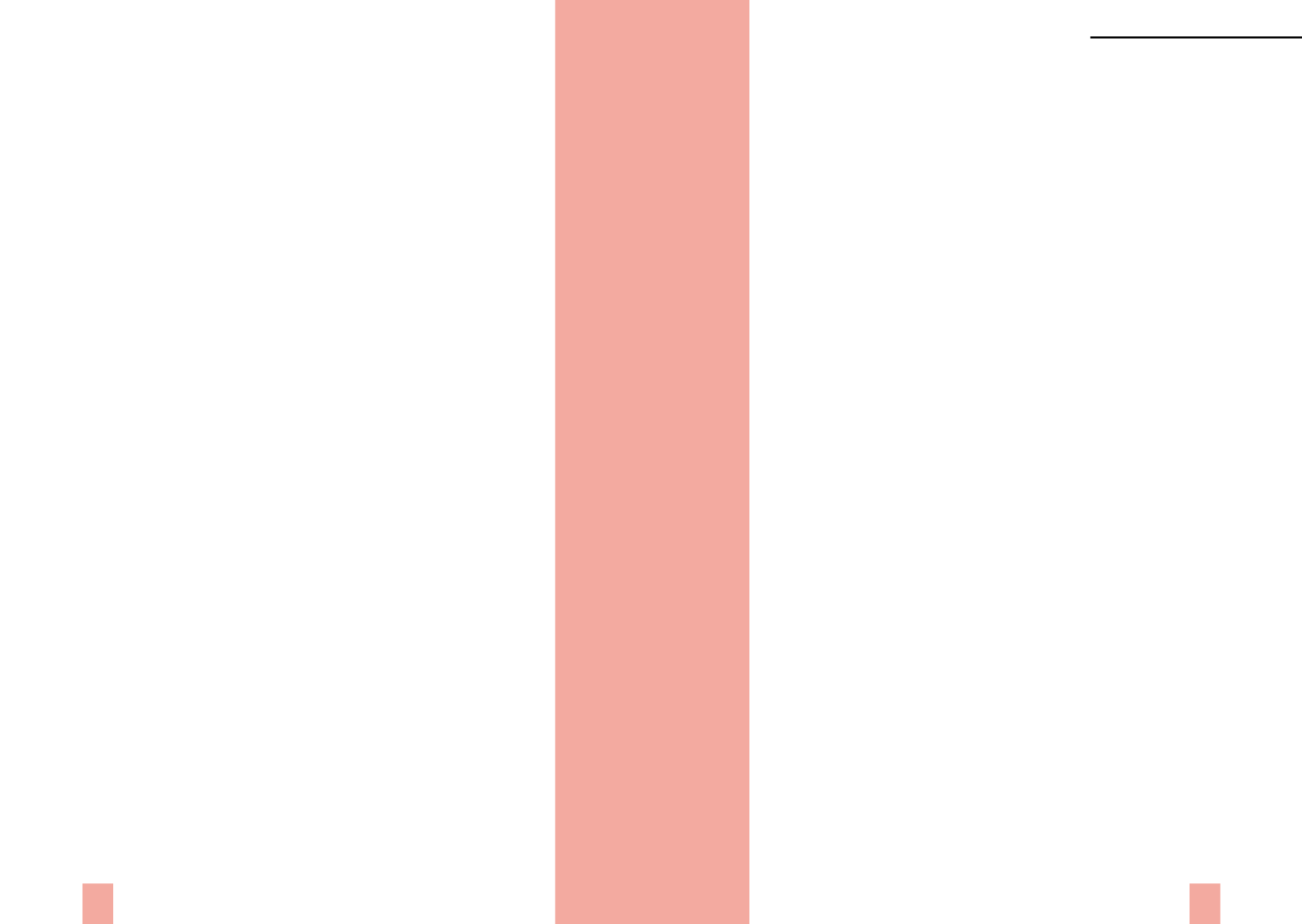

THE SPEAKING BODY
Xth Congress of the WAP,
Rio de Janeiro 2016
471
470
structure, he only gave a few lucubrations. He downgraded his concept of
language, and also that of structure, now not carried to the level of the real. It is
a correlative of the systematic replacement, directed to experience, of the term of
‘subject’ by the term
parlêtre
(speaking being).”
p. 13
“Religion, Psychoanalysis” (2003). Trans.: B. P. Fulks [LI 23, 2004]
“The question in Moses, when one sees it through the Lacanian prism, is that
no ‘God is dead’ can deliver the kind of speaking/beings from the power of
the signifier ‘one.’ Lacan posed the question in the same vein, a little later in
his Seminar
Encore
: “Where does the signifier ‘one’ come from; where does
the master–signifier as such come from?” (…) When one hears one of its
spokespersons –a recent convert, or one who has returned not so long ago– one
sees that monotheism condenses its force, the insistence of the master–signifier,
and that it translates, expresses, perpetuates the fixation which attaches the
speaking/beings to the signifier ‘one’.”
p. 3
“It was because the Christians had a horror of revelation, inasmuch as the true
revelation is that there is a gap of
jouissance
, that there is no agreement of the
speaking/being with
jouissance
, that they are sent to do philosophy. Likewise, the
psychoanalysts had a horror that this analytic experience would reflect on this
revelation, that the speaking/being withdrew sexual rapport.”
p. 20
“Introduction to Reading Jacques Lacan’s
Seminar
on
Anxiety
II”
(2004). Trans.: B. P. Fulks [LI 27, 2006].
“This is most evident in the way the Seminar puts into play two different
statuses of the body. In the first movement it is the specular body, that of the
mirror stage, in its totality, apprehended as a form, a good form, and even the
best of forms, since, if we believe its construction, it imposes on the speaking
being the perceptive world of its objects. It’s a
Gestalt
. The first movement plays
on this gestalt, since it shows how it can be disturbed, doubled, depersonalized,
made strange by the incongruous irruption of an object structured differently.
But one finds the specular object in the second movement having a different
structure; somehow, one finds in its place and perfectly informed this
objet petit
a
. These
objets petit a
do not stop at five.”
p. 35
“Even if Lacan left behind some of the views expressed in the Seminar on
Anxiety
and they do not occupy a major place in his later teaching, he reaffirms,
nevertheless, in
L’envers de la psychanalyse
, the central characteristic of the affect
of anxiety, the characteristic of an affect around which everything is ordered–a
unique affect. This is the affect par excellence, the unique affect inasmuch
as it connotes the production of the
objet a
, that is to say, the major effect of
language on
jouissance
. This is why he says: ‘there is only one affect, correlated to
the product of the speaking being
in a discourse’.”
p. 61
“Spare Parts” (2004). Trans.: A. Price [PN 27, 2013]
“The Borromean perspective introduces
having
in order to disjoin Being and the
body. It thereby undoes what Lacan called his hypothesis—“the individual who
is affected by the unconscious is the same [as] the subject of the signifier”—in
order to disjoin the body and the symbolic in such a way that the conjunction
becomes a problem rather than a hypothesis or a mystery. This is why Lacan
will say
parlêtre
, which is precisely a non–Aristotelian Being, a Being which does
not abide by the body, which does not receive its Being from the body it would
ostensibly be, but from speech, i.e. from the symbolic. The parlêtre
has
a body,
a body is not what he
is
, and this is why he can let it drop. This is what Lacan
went and found in the example of Joyce.”
p. 110
“Profane Illuminations” (2005). Trans.: B. P. Fulks [LI 28, 2006]
“Lacan will then take up defining the
parlêtre
. The
parlêtre
is the subject become
uration and inscribing itself as One of the body. What gives Lacan’s number 1 its
function is the relationship of the barred subject with
petit a
. The precipitation
around S opens the place of the body. Man has a body; one cannot say it’s of
the barred subject. Man speaks with his body and, says Lacan, “He
parlêtre
by
nature”–the word nature leading to the fact that he is denatured.
Parlêtre
is, for Lacan, the equivalent or what replaces the Freudian unconscious,
and one sees that if one can employ it as the transformation of the barred
subject or of the unconscious, it is because it is functionally particularized.”
p. 24
“A Reading from Jacques Lacan’s
Seminar
From an Other to the other
I” (2006). Trans.: B. P. Fulks [LI 29, 2007]
“Jouissance lacks in the Other,” making this Other inconsistent. The whole
seminar
From an Other to the other
explores this proposition (…) the
relationship between the inconsistency of the Other and what returns from
jouissance on the side of the subject. In the same way, later, the correlation of
the subject and of jouissance will lead Lacan to make that singular being which
he calls the
parlêtre
intervene.”
p. 14
“A Reading from the
Seminar
: From an Other to the other II” (2006).
Trans.: B. P. Fulks [LI 30, 2007]
Jacques – Alain Miller



















